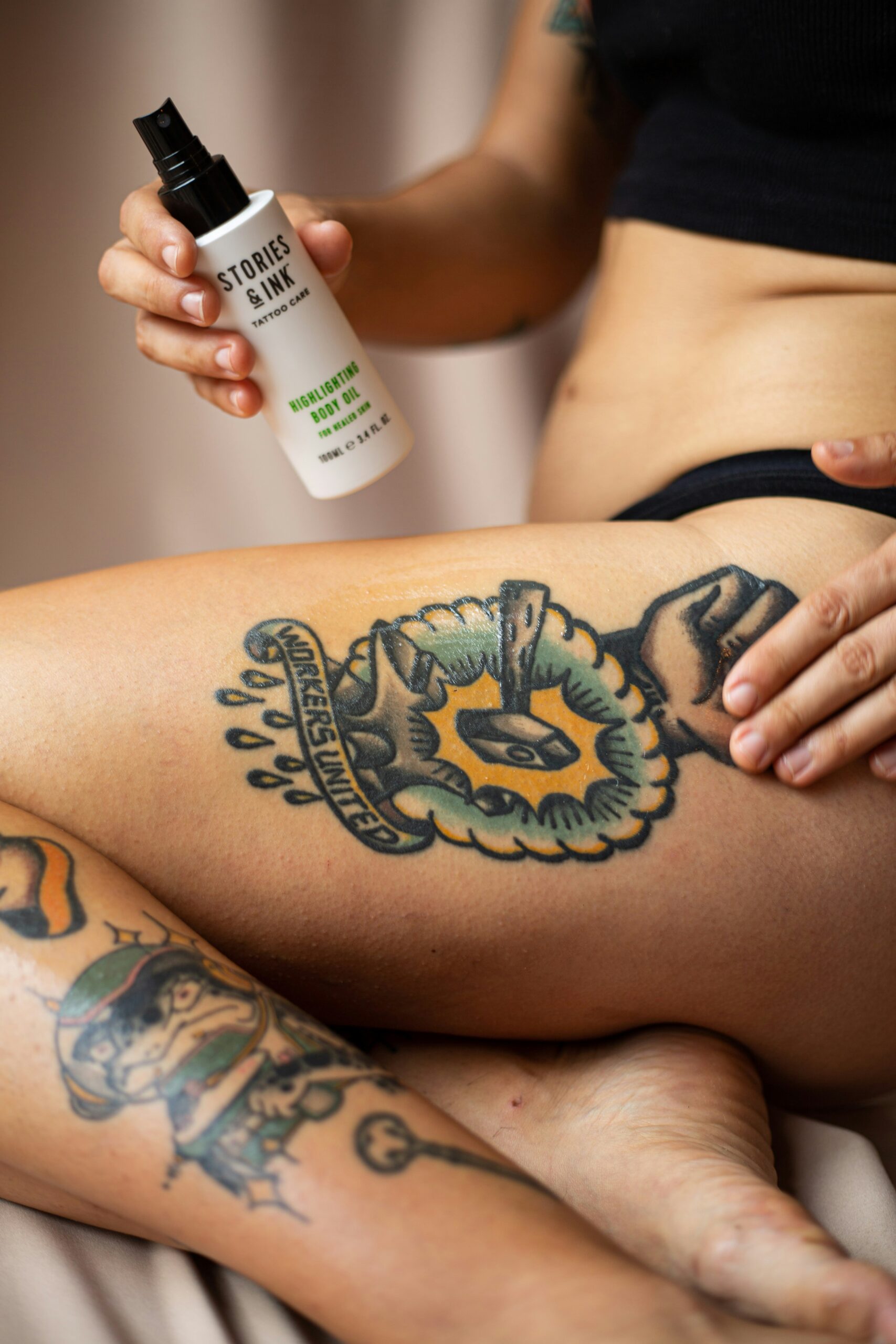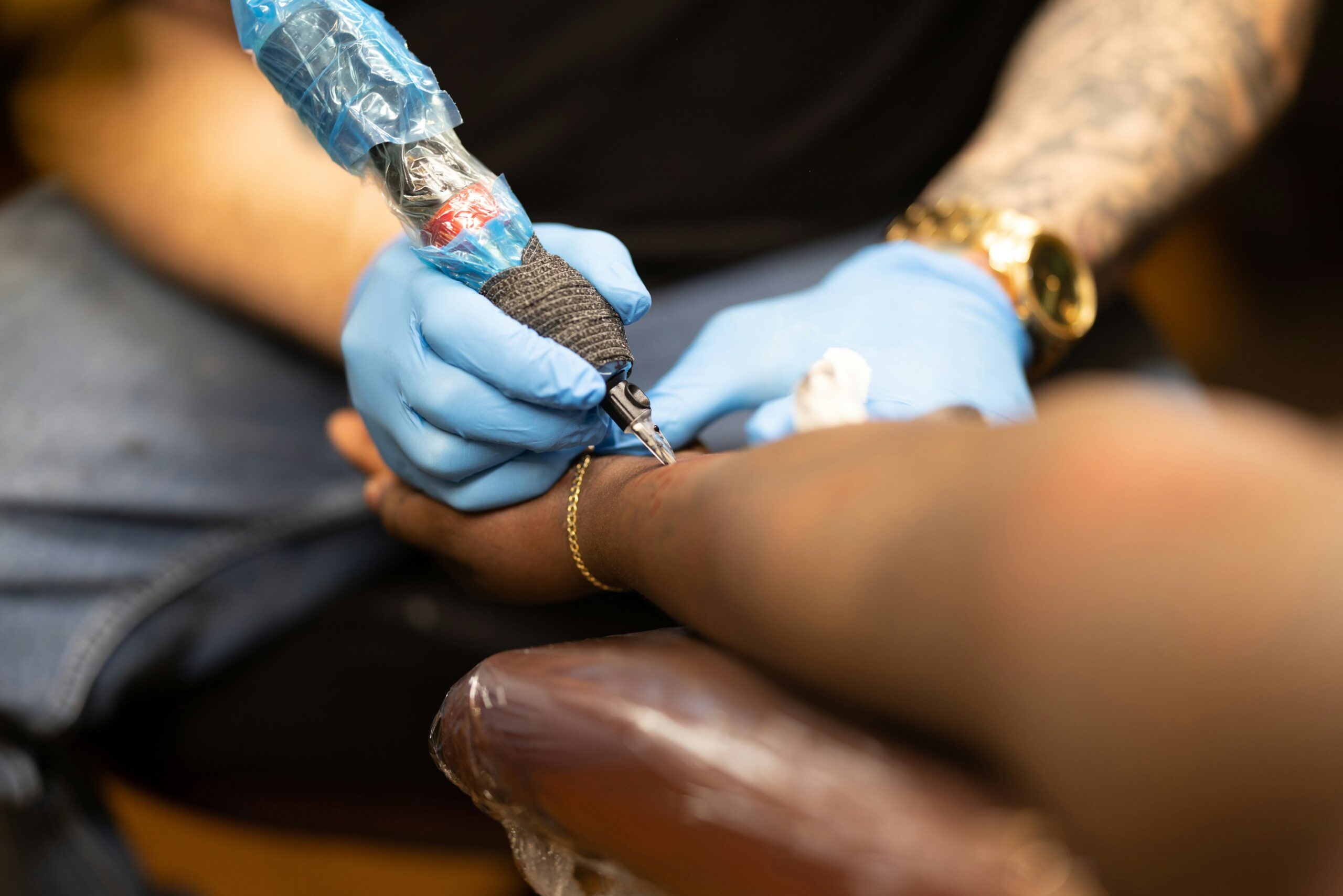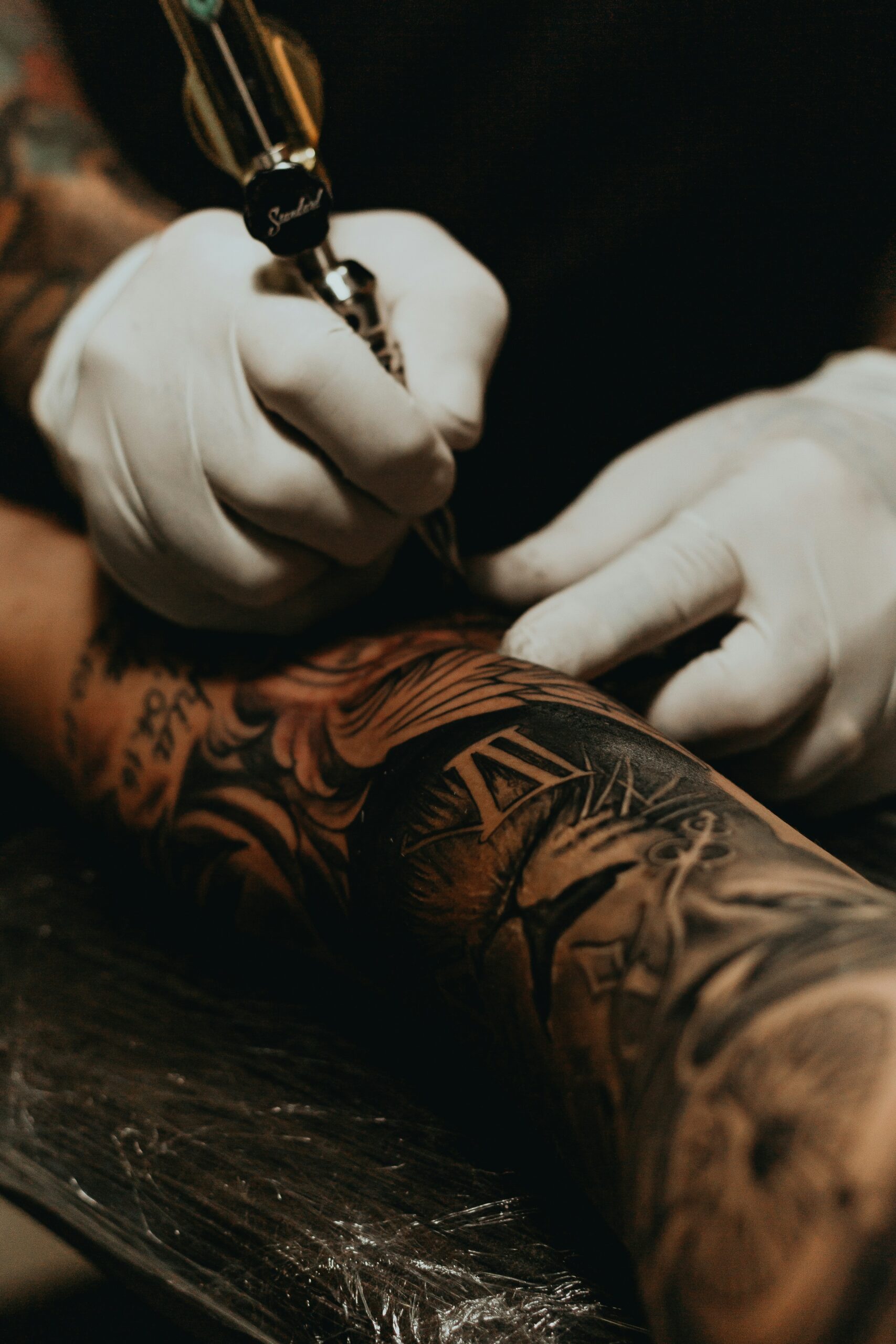
Understanding the Effects of Sun Exposure on Tattoos
Ultraviolet (UV) rays from the sun pose a significant threat to the integrity of tattoos. When UV rays penetrate the skin, they can break down the chemical structure of the pigments used in tattoo ink. This degradation process leads to the fading and discoloration of tattoos over time. The science behind this involves the interaction between UV radiation and the molecules in the ink, which can cause the bonds holding the pigments together to weaken and eventually break apart.
Different types of tattoo inks vary in their susceptibility to sun damage. For instance, lighter colors, such as yellows and whites, tend to fade more rapidly compared to darker colors like black and blue. This is because lighter pigments absorb less UV radiation and are therefore more prone to breaking down under sunlight exposure. Additionally, some tattoo inks contain organic compounds that are more reactive to UV light, making them more vulnerable to fading.
Skin tone also plays a crucial role in how tattoos respond to sun exposure. Individuals with lighter skin tones have less melanin, which means their skin offers less natural protection against UV rays. Consequently, tattoos on lighter skin are generally at a higher risk of sun damage. Conversely, darker skin tones possess more melanin, which provides a certain degree of protection against the harmful effects of UV radiation. However, it is still essential for individuals with darker skin tones to take precautions, as prolonged exposure can still lead to fading and discoloration.
To maintain the vibrancy and longevity of tattoos, especially during sunny weather, it is imperative to take preventive measures. Using a high-SPF sunscreen specifically designed for tattoo protection can significantly reduce the risk of UV-induced damage. Additionally, covering tattoos with clothing or seeking shade during peak sun hours can help preserve their appearance. By understanding the effects of sun exposure and implementing protective strategies, individuals can ensure their tattoos remain vibrant and intact for years to come.
Practical Tips for Protecting Your Tattoo in Sunny Weather
Protecting your tattoo from sun damage is crucial to preserving its vibrancy and longevity. The first line of defense against harmful UV rays is sunscreen. Opt for a sunscreen with a high SPF, preferably SPF 30 or higher, and ensure it is broad-spectrum to protect against both UVA and UVB rays. Broad-spectrum sunscreens offer comprehensive protection, reducing the risk of fading and discoloration.
When choosing sunscreen for your tattoo, you have two main options: mineral and chemical sunscreens. Mineral sunscreens, containing zinc oxide or titanium dioxide, sit on the skin’s surface and reflect UV rays. They are generally less irritating, making them suitable for sensitive or freshly tattooed skin. Chemical sunscreens, on the other hand, absorb into the skin and neutralize UV rays. While effective, some individuals might find chemical sunscreens more irritating, especially on new tattoos.
Proper application of sunscreen is essential. Apply a generous amount to your tattooed area at least 15 minutes before sun exposure. Reapply every two hours, or more frequently if swimming or sweating. Consistent reapplication ensures continuous protection throughout the day.
In addition to sunscreen, incorporating other protective measures can further safeguard your tattoo. Wearing UV-protective clothing, such as long sleeves or sun-protective fabrics, can provide an additional barrier against the sun. Seeking shade during peak sun hours, typically between 10 AM and 4 PM, can minimize direct exposure. Keeping your tattoo moisturized with suitable aftercare products helps maintain the skin’s health and appearance.
New tattoos are particularly vulnerable to sun damage during the healing process. For the first few weeks, avoid direct sun exposure entirely. Keep the tattoo covered with clothing or a bandage, and follow your tattoo artist’s aftercare instructions diligently. Moisturize the area regularly with a fragrance-free, gentle lotion to support healing.
Remember, sun protection is a year-round commitment, not just during summer. UV rays can damage your tattoo even on cloudy or cold days. By staying vigilant and adopting these protective measures, you can keep your tattoo looking vibrant and well-defined for years to come.











